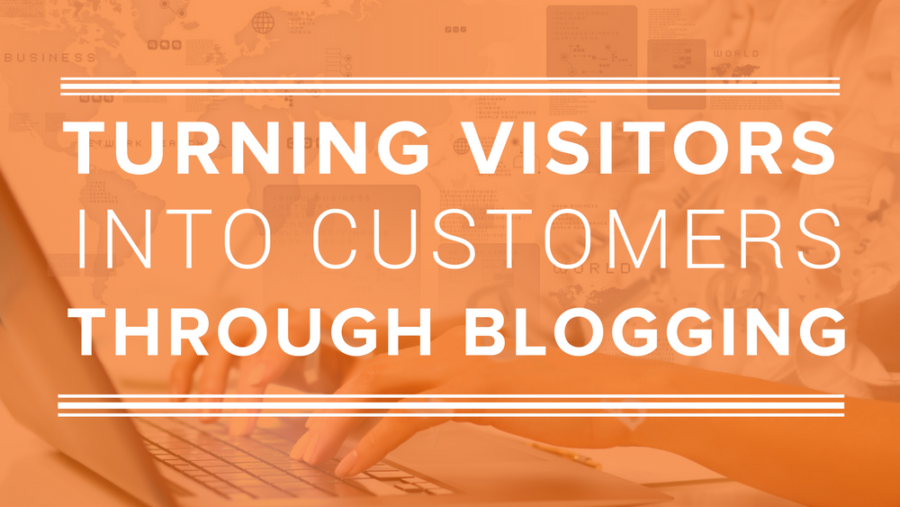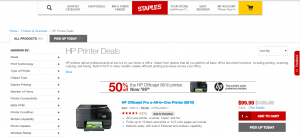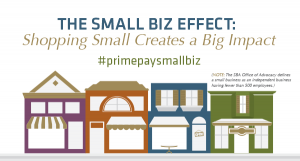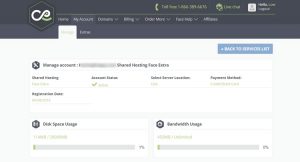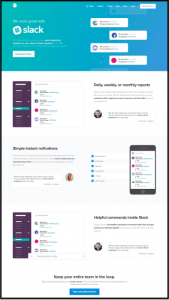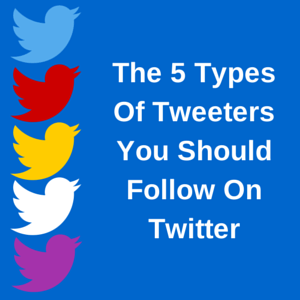— June 27, 2017
According to 82% of marketers, blogging receives a positive ROI.
I remember when I used to blog to promote a product, without actually generating any leads. Because a potential customer will touch a business on average eight times before purchasing, you need to look at ways to start this “touch” journey as soon as possible.
If someone finds a piece of content that you have written on your website, what are you doing to get them into your marketing funnel?
I have a process that I want to share with you. This is something I have been testing, analysing and perfecting over the last 12 months and now that I have generated THOUSANDS of leads from just writing a piece of content, I want YOU to be able to do the same.
Here is my step-by-step process to turn visitors into customers through blogging.
Step One; Structure
Creating a great first impression is crucial. This is more than just creating an engaging headline. There are five key features you should have as a part of your blog page structure.
- Sticky Top Bar
You will notice that as you scroll down a page on my website, the top bar will follow you. I have designed my website this way because it is important that a first-time reader is always aware of the website they are currently on.
- Content Aligned To The Left
If you are reading this piece of content on my website, you will notice that I have structured the blog page to be aligned to the left. After doing my research, I realised that my audience read pages from left to right, and content in general (unless a sub-header) should be aligned to the left.
- Subscribe/Side-Product
You will also notice that to the right of the page, I have more content, unrelated to the content in this blog. To turn visitors into customers through blogging, consider having some sort of side-product or subscribe option to the right of your content to encourage your readers to continue their journey with you.
- Search Bar
Do you have a search bar on your website? Allowing your visitors to search for content based on their needs is so important. A visitor will not have all the time in the world to try and find a piece of content so make it easy for them and have a search bar in the top right hand side of your website. 83% of users will leave a website if it takes them too many clicks to find what they are looking for.
- Social Sharing
Let your content readers share what you have written with their audience by offering social sharing icons at the bottom of your blog. This is a great way to drive awareness, and in turn turn visitors into customers through blogging.
Step Two; CTA/Banners
At the end of my blogs, I will always have some sort of call-to-action opt-in where a visitor of mine can sign up to a live webinar I am running, a free guide, or a free template. This has proved extremely effective, and this alone has given me thousands of targeted leads.
To achieve this, I use a tool called OptinMonster. Whilst this tool does cost money, it has been one of my most-used tools throughout 2017 because it allows me to not only create pop-ups, but also add an engaging call-to-action to the end of my blogs (as you can see below).
There are three different blogging CTA/Banner style features you should consider;
- Inline CTA: this is used in between post content
- Bottom CTA: scroll to the bottom of this blog to see this in action
- Sidebar CTA: look to the right of this blog to see this in action
I use two of the three features I have mentioned above as a way to turn visitors into customers through blogging.
You should also consider how you are going to use pop-ups on your website. Here are three of the different ways I use pop-ups.
- Exit Overlay: this will enable a popup to appear if someone is moving their mouse to exit your website.
- Time Intent: this will enable a popup to appear based on how long someone has been on your website
- Scroll Intent: this will enable a popup to appear based on how much a visitor has scrolled down a page.
Step Three; Load Speed
On average, a web page needs to load within three seconds for a visitor to stay on this website. More than 40% of people will abandon a website if it takes more than three seconds. It is so important that you understand how long it takes for your website to load and if it is more than three seconds, this needs to be looked at.
Take a look at GTmetrix which have a free pagespeed analyser, and it will also give you a breakdown of any issues it sees that may be contributing to a slow page load.
I hope that the above three steps will help you turn visitors into customers through blogging. How would you like to achieve further success through blogging?
Over the last nine years I have written over 1,000 articles, and have acquired more than ONE MILLION visitors reading my blogging content.
In the modern world, every business needs to communicate with their customers through content, and the best way to do this is through blogging.
To understand whether this webinar is for YOU, I have four questions I would like you to ask yourself:
- Do you know how to set up a blog?
- Are you happy with the blog traffic you are generating?
- Are you on the first page of Google for your blog content?
- Do you know how to find your target customers online?
If you answered NO to the above questions, this will be one of the best blogging learning opportunities you’ll have this year, and it’s 100% free and certified!
Click here to access the recording of the webinar!
Digital & Social Articles on Business 2 Community
(51)
Report Post
